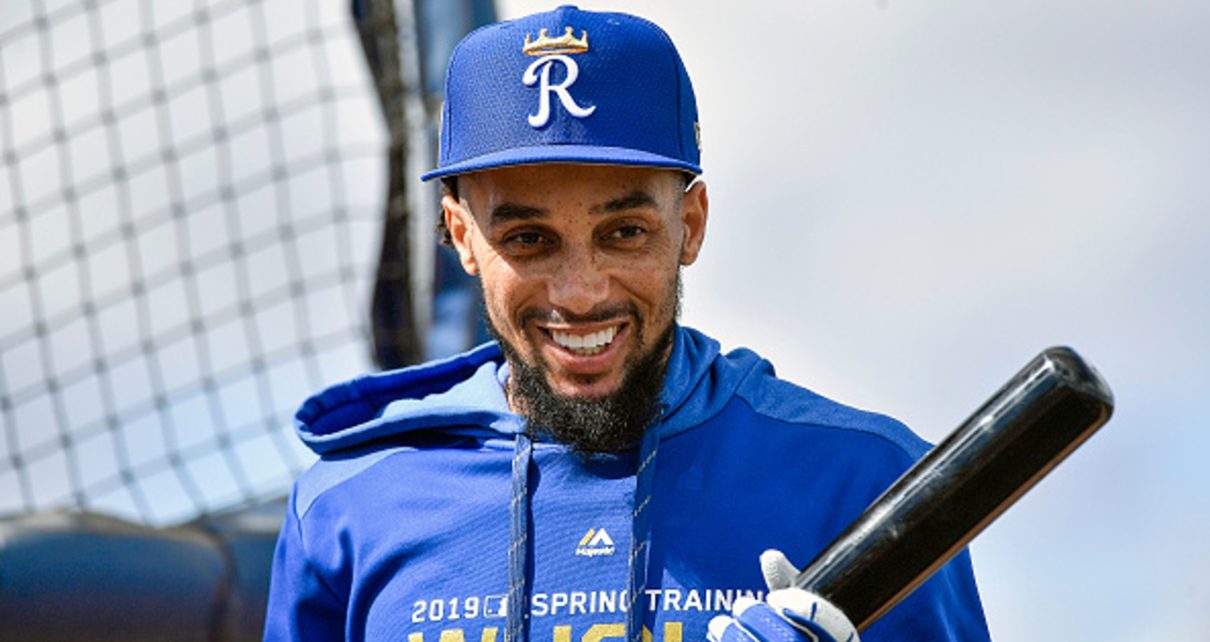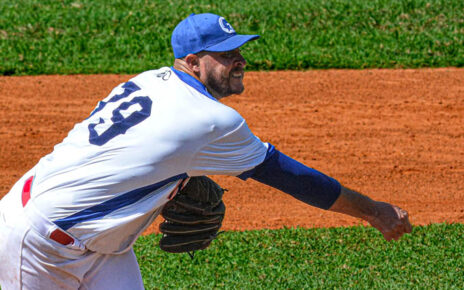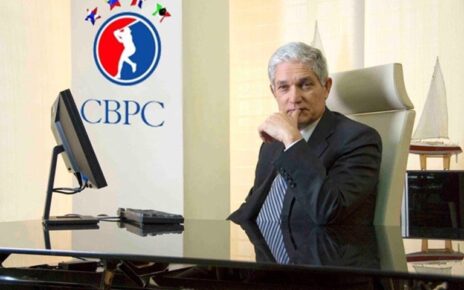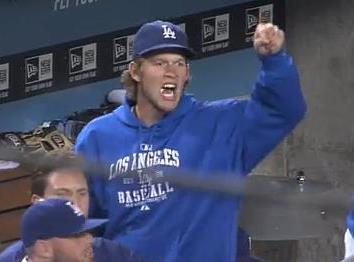A few months back Billy Hamilton signed a deal that put him in position to be the everyday centerfielder for the Kansas City Royals for the 2019 season. The rumor mill had brought forth the notion that the then free agent would find offers to start few and far between. It made sense then that he jumped at big money and the chance to play regularly for the Royals.
Let me be clear, this diehard labor supporter is one hundred percent behind Hamilton going after the money. He did what I wanted him to do, but at the same time, I wonder what would have happened had Hamilton decided he could take less money and playing time to be a super-sub on a contending team?
When I tell you that the fleetfooted Hamilton is a well below average professional hitter I’m offering up a supremely cold take. His career slash line of .245/.298/.327 with a DRC+ of 71 tells the tale of someone who struggles with the bat. I’m not here to offer an arctic level opinion on Hamilton’s shortcomings as a hitter. Said shortcomings are well documented and had Hamilton chosen to sign as a bench player would have been a narrative of the past.
Where Hamilton’s value resides is in his speed and his defensive capabilities. The speed is obvious, in 2018 Hamilton clocked in with an Spd of 8.3. That rates him well in the excellent range, and far above the Major League Baseball league average of 4.4. If his Spd is taken and extrapolated to BRR the number that he put up in 2018 was also an 8.3, or put more simply, the best in the league. Next closest to him was Eddie Rosario at 6.8. The difference between Hamilton and the tenth best BRR in the league, Mallex Smith, is a whopping 3.9.
An important factor to consider is that Hamilton’s OBP in 2018 was .299. That is one point above his career mark. The knock against Hamilton has always been that his tremendous speed is of no use when he isn’t able to get on base. Employing him as a super-sub solves that problem. Instead of having to bat and hoping he makes it on base he would, ideally, start out already on base. Once Hamilton is on base his career mark at successfully stealing second base is 80%. The league run expectancy at second base with one out and nobody on is .27. The run expectancy of Hamilton at second with one out is .92. If we move that same scenario to third base Hamilton’s run expectancy jumps to 1.17.
Flashing quality leather has never been a problem for Hamilton. Since he became a starter his FRAA has always landed in the positive, in 2018 his FRAA was 4.2. A stat that puts Hamilton’s defensive excellence in perspective is Baseball Savant’s Outs Above Average. According to Jason Bernard he sported a +37 OAA on plays where he had to go back from 2016-2018 among centerfielders. That’s +5 better than the next best centerfielder in that timespan. Hamilton gets to more balls than any other centerfielder, and when he gets to them he is making the important outs that could make the difference late in a game.
In the end, Hamilton went for the money and no one can blame him for that decision. There is a chance the Royals decide to ship him to a contender before the trade deadline. For now, I can only dream of a well-rested Hamilton helping to seal a division title with his late-inning heroics. A dream for me, but a nightmare for the teams who watch a rejuvenated Hamilton sprint all over the field and rip away their playoff chances.
Lead Photo Courtesy of Unknown – Kansas City Star




